Words: Adrian Hatwell
Photos: Peter Black
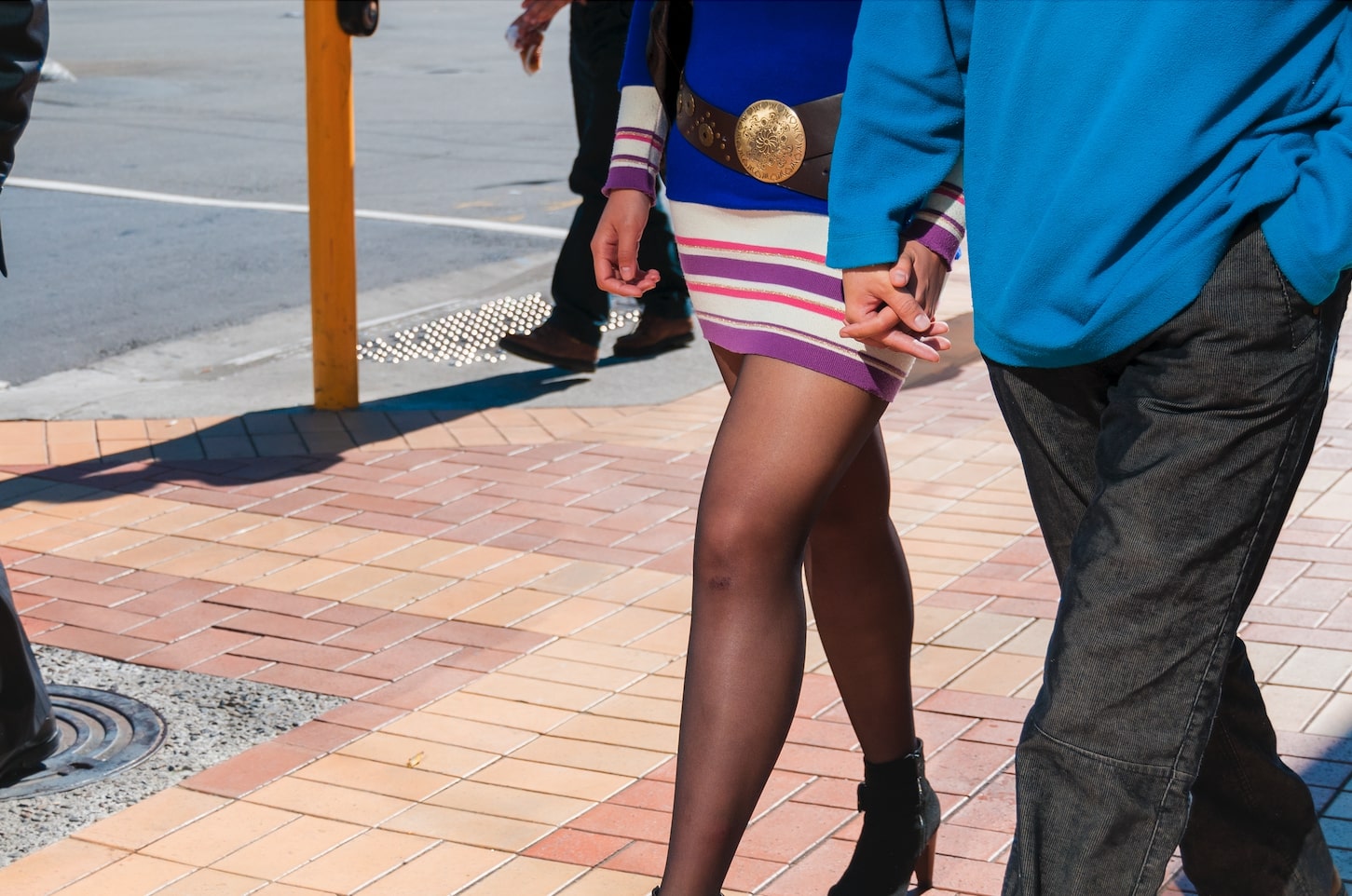
Peter Black is part of the landscape. Having been shooting for almost 50 years, the Christchurch-born photographer is recognised as one of Aotearoa’s foremost photographers, and many of his images have featured in the nation’s more significant art collections. The photographic landscape aside, his physical presence has become an abiding part of Wellington’s social landscape; for decades he has wandered the capital’s avenues and alleyways, experiencing and documenting society’s ebbs and flows.
“Photography is a means to see the world around me, react to it, and describe it in a visual language,” Peter says, when asked what has motivated him over these many years. “I’ve kept the passion because I feel I still have things to see and say about the world and I’m still interested in how to represent that photographically.”
Peter’s photographic journey began in the early ’70s, when he first picked up a 35mm single-lens reflex Pentax Spotmatic, which he purchased duty-free on a visit to Brisbane. The camera accompanied him on a two-year backpacking trip through Asia before he returned to New Zealand and enrolled in the very first photography course to be offered by what was then Wellington Polytechnic (now part of Massey University).
Although the course was designed as a pathway to employment in the commercial photographic industry, it was exposure to documentary art photography — specifically, a book on the work of the British photographer Tony Ray-Jones — that lit the spark of inspiration for Peter. He would go on to shoot freelance assignments for publications such as the New Zealand Listener, while building up his own portfolio of personal work.
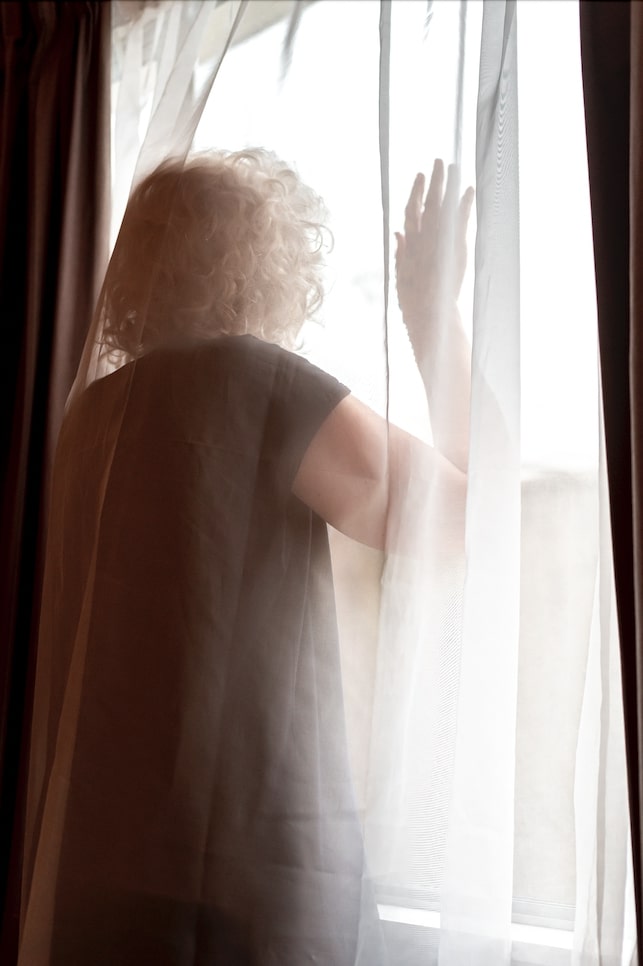
At a time when photography was largely still snubbed by gatekeepers of the local art world, Peter’s stark black and white photos, thrumming with brutal realism and eerie poetry, refused to be overlooked. In 1982, he became the first photographer to exhibit a solo show at Wellington’s National Art Gallery with his series Fifty Photographs.
Peter would continue to implement his confronting, socially engaged approach to documentary as he moved into the ’90s. When many of his contemporaries had incorporated or switched entirely to shooting colour, Peter continued to work exclusively in black and white. In 1995, he created the influential Moving Pictures project, in which the photographer set out to poetically observe the impact of the neoliberal Rogernomics era on the country, all shot out of the window of a moving car.

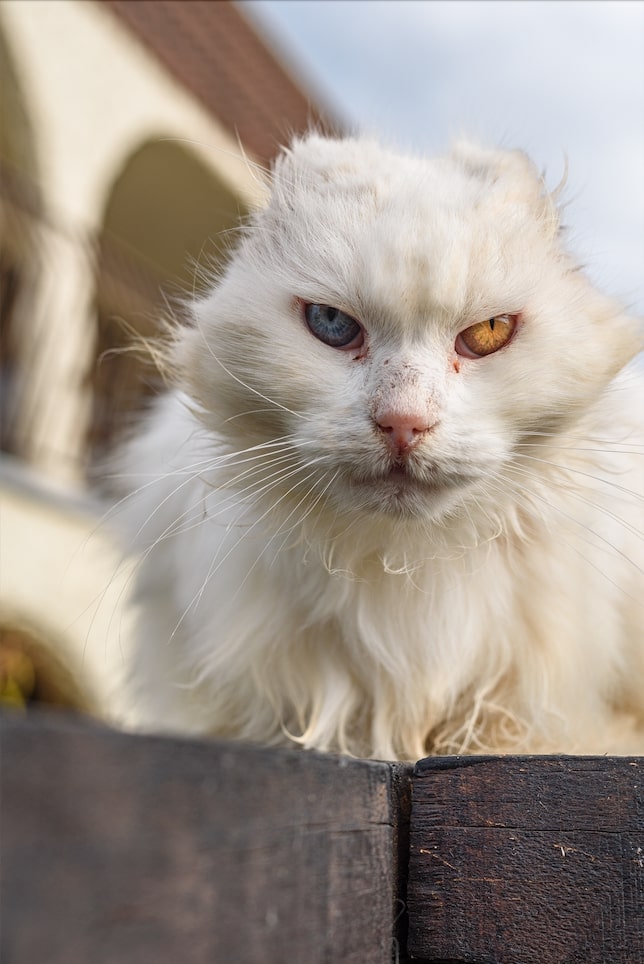
“My own mood probably affects what I photograph,” Peter says of the impetus for that work. “I remember being shocked seeing people begging in the street for the first time in New Zealand.”
Moving Pictures has become an enduring work in Aoteroa’s photographic canon, underscoring Peter’s ability to artfully take the socio-economic temperature of the nation — a role he would return to in the 2000s with Public and i loved you the moment i saw you.
Asked how he thinks the country has developed since these projects essayed the growing gap between rich and poor, the photographer’s pronouncement is unsurprisingly frank: “I think inequality has only grown since I made those works.”
Throughout his career, Peter has experimented with a variety of approaches. In the mid ’80s, he briefly shifted his gaze to the arboreal, creating a series called Foliage which looked at how trees feature in the man-made urban environment. He followed this with Autoportraits, a body of work created without looking through the viewfinder. In 1998, shifting gears following the success of Moving Pictures, Peter turned his hand to landscape photography with a medium-format camera — his preference usually being a small camera and 50mm lens — chronicling a land development project over two years in Sites.
Despite this clear willingness to experiment, Peter has time and again returned to the mode for which he is best known: documenting the social world as it unfurls around him — people and the forces that act upon them. One significant change in his approach that did stick, however, was his move from black and white photography to digital colour in 2007.
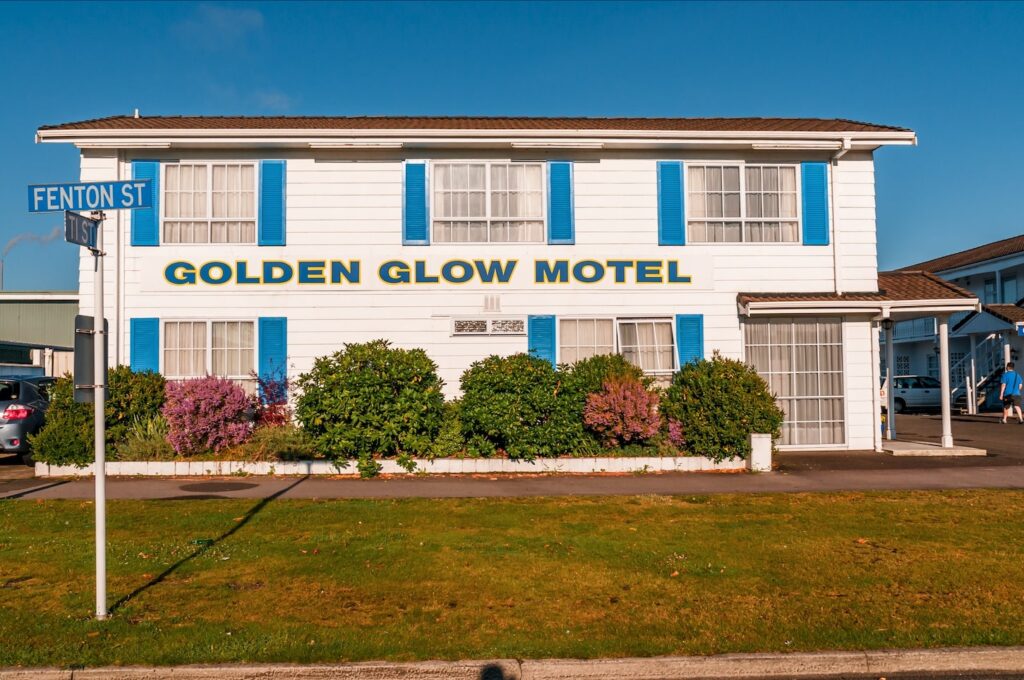
“I only made the switch when I could work on and print my colour work,” Peter explains. “When I started, black and white was the language of photography that I saw in books. Then, I loved the other-worldly look of black and white, but now I look at my past black and white photographs with interest but also puzzlement, possibly like a young person coming across them for the first time.”
Before shooting digital, the huge time requirements for developing, printing contact sheets, and creating prints in his darkroom kept the photographer constrained to working on a single project at a time. Switching to digital colour has freed Peter up to “take any image I see” as, despite the digital demands of processing and cataloguing, the process is significantly less time intensive than when he worked in black and white.
“Photographing in colour is more difficult in many ways but it describes the world better.”
There is ample evidence of the expanded vocabulary colour has brought to Peter’s work in the projects he has produced since the switch. In Outskirts, the photographer presents an ode to the idiosyncratic aesthetics of the industrial businesses found on the margins of Wellington City. New Colour sees the photographer again travelling the country, this time with a particular eye on the quality of light and how it interacts with colour; while At Home explores the Pākehā search for identity on colonised Māori land, utilising colour to inject playful irony and acuity into the series.
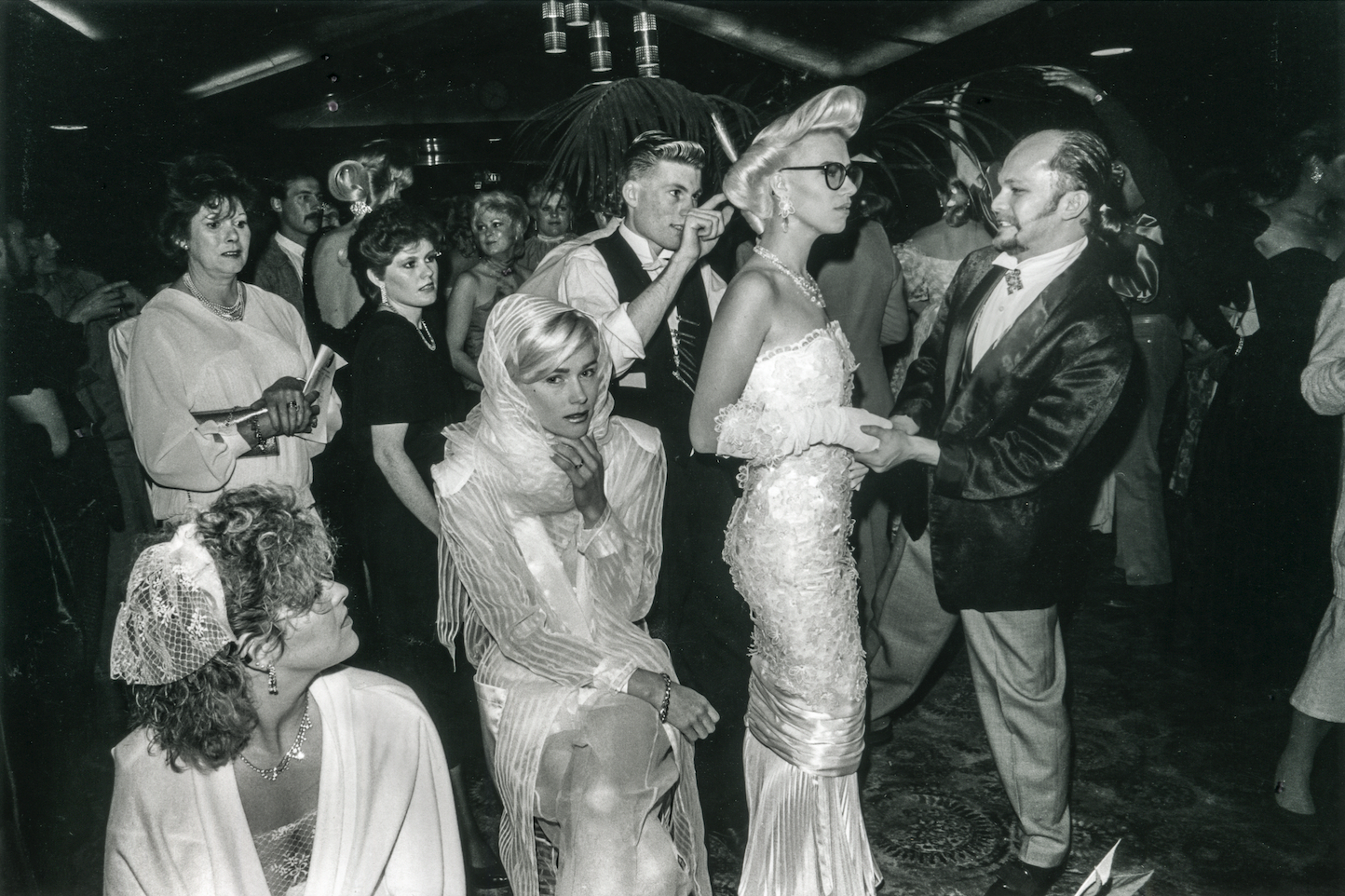
In 2016, Peter collaborated with the author Steve Braunias on a book project titled The Shops. The writer reached out to Peter in an email, asking if he would be interested in contributing photographs to a book about the back of shops. In an essay about the book, Braunias outlines the original concept as focusing on “those dusty yards with bins and pallets and weeds, abandoned places, sad and desolate, strangely fetching, a poetry of sorts”. The back of shops, however, only interested Peter to a degree, and, as he submitted photos considering shops from various angles, the project soon developed to encompass the way many types of shops or products begin to disappear over time.
“Steve was a delight to work with from start to finish, and I am the biggest fan of his writing,” says Peter. “My photographs came before he wrote his fantastic essay for the book and I would like to think that they influenced what he wanted to write.
“I feel strongly that photography is its own form of language and I don’t want to illustrate somebody’s writing.”
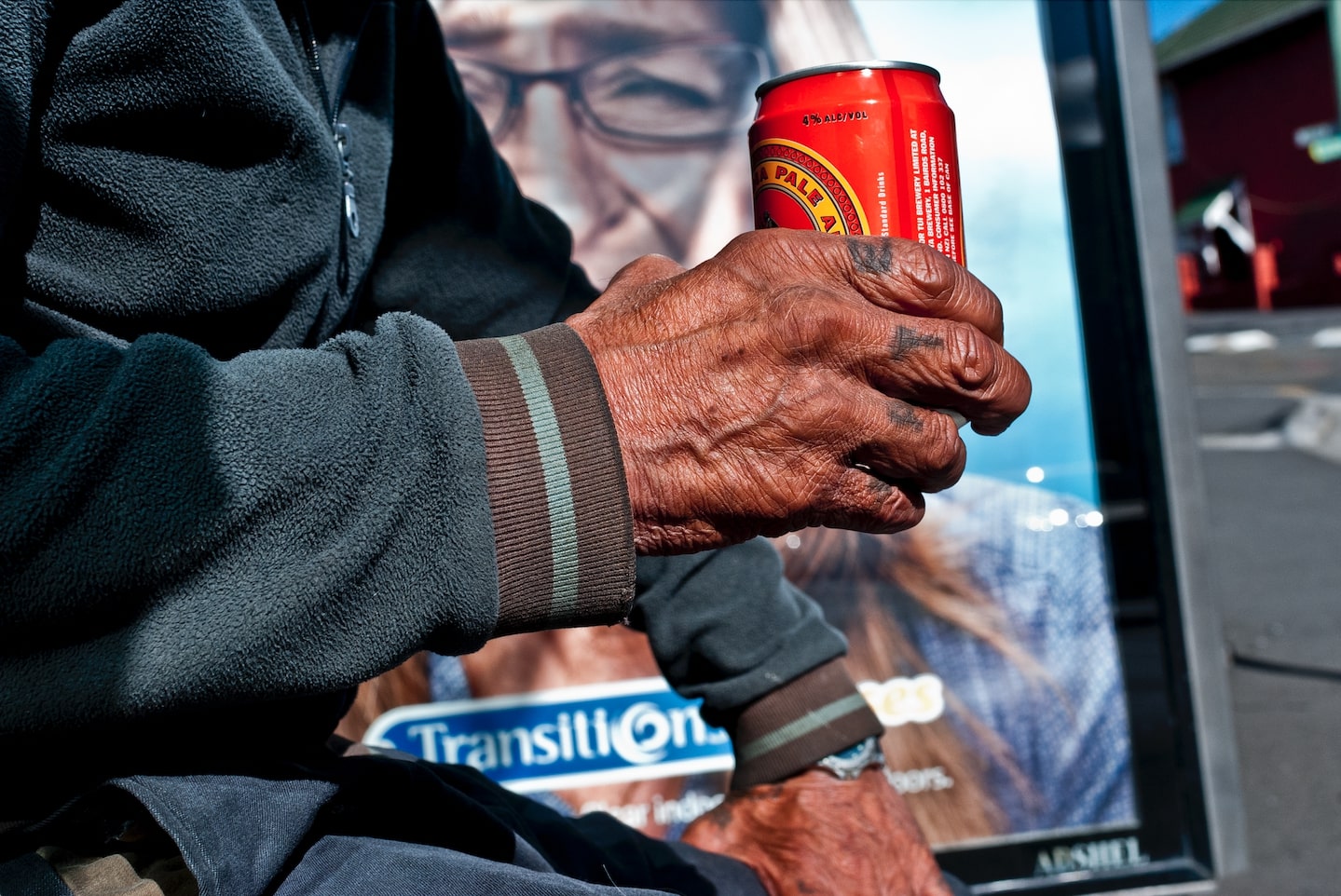
Peter puts that language to commanding use in his most recent publication, Motel Life, a book dedicated to the exteriors, interiors, and denizens of motels throughout Aotearoa. Shot between 2008 and 2021, the project saw Peter and his partner and fellow photographer, Mary Macpherson, travelling primarily through the North Island to experience what motel life had to offer.
“The work partly came about because I’d get frustrated driving, seeing images flashing by that I wished I could take,” the photographer explains. “By the time I’d get to our motel I had this pent-up desire to photograph.
“Mary picked the motels and a little joke we have is: the cheaper the motel, the better the photographs are.”

The series debuted on Peter’s Instagram feed — instagram.com/peterblack1878 — where it was positively received, and became material for a book project the couple would work on using InDesign. In what Peter describes as “the usual painstaking way” of adding, removing, and sequencing different images, Motel Life went through almost 40 different iterations before the photographers agreed it was ready for the world. The book, published by MMM Photobooks in 2021 and distributed by Bad News Books, has since sold out both its first and second edition runs.
Although he’s been at it for almost 50 years, Peter’s dedication to documenting the social landscape shows no sign of slowing. The photographer always seems to have a number of projects on the go, new images routinely published to Instagram, and will be taking part in a group show in the 2022 Auckland Festival of Photography. When asked what he’s looking forward to in the future, Peter’s response is characteristically simple and expressive:
“Seeing some beautiful light on something I find interesting.”
To see more of Peter Black’s work, visit Peter Black Photos.
Copyright © 2025 Federico Monsalve Limited. All rights reserved.